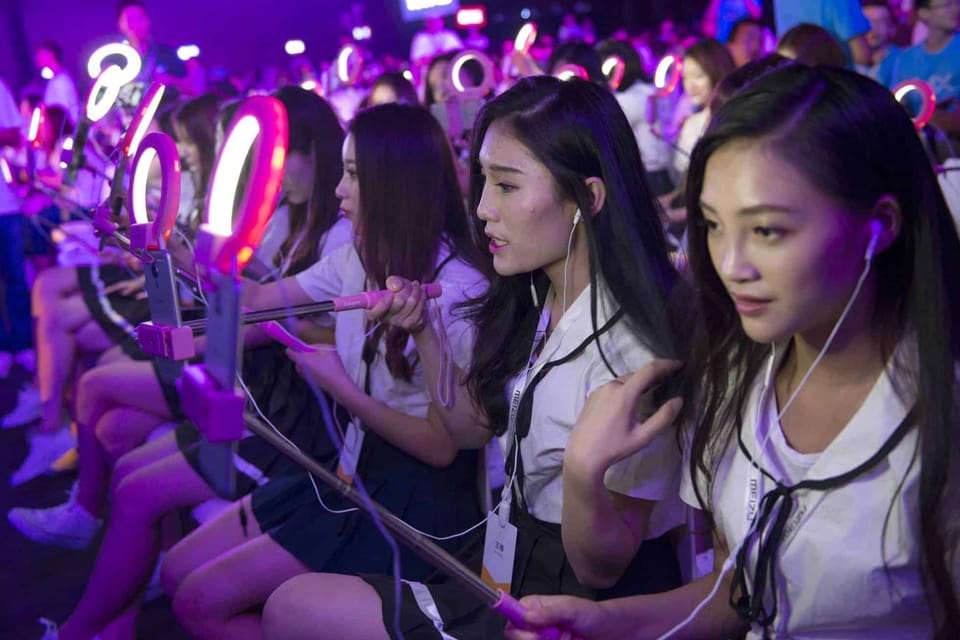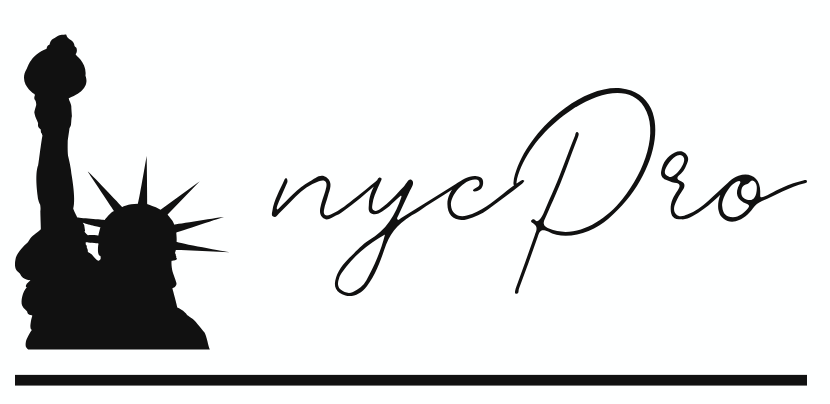The Rise of Influencer Farms: Exploring the Chinese Influencer Industry

The digital marketing landscape of our time has been recently enriched by the appearance of a relatively new phenomenon, the so-called influencer farms. Bearing such a name, these units, particularly those located in China, have managed to initiate discussions in regard to the credibility of public relations, marketing ethics, and the future of social media as a channel of influence.
What are Influencer Farms?
Influencer farms are the companies that create and manage many social media accounts that often include fictitious figures, and also they use these accounts to promote products or services. They are thus able to operate through a wide geographical area, ensuring content creation and engaging with multiple social media platforms.
The Chinese Influencer Farm Phenomenon
The most significant reason behind the exposure of the Chinese influencer farms is their dimension and complexity. Mostly, these farms utilize entire teams of content creators, marketers, and tech experts to manage tens or even hundreds of fake accounts at once.
How Chinese Influencer Farms Operate?
Mass account creation and management
Influencer farms are masters in dealing with a number of social media profiles at once. They use high-tech tools and techniques to bring virtual entities' lives by creating accounts with all the details, like a person's name, age, hobby, friend list, etc.
They were formerly sold for as little as a few yen apiece to buyers who would then use them to set up or commercially exploit dummy accounts, e.g., on new social media platforms. The farms reportedly maintain huge databases with thousands of such accounts on a variety of social networks through which fake activities can be carried out akin to the growth pattern of seemingly real users.
Content production at scale
So as not to be discovered as fake social media influencers, these parties constantly churn out content in huge quantities every day. They may engage teams of writers, photographers, and video editors to form up interesting posts, stories, and videos.
The contents, which mainly center on certain sectors, target definite population segments, thus bring their relevance and contribution through high stimulation. Creative software and interfaces that make use of predefined structures can be utilized to speed up and monitor the process of producing content without deviating from the same voice/production across different platforms.
Artificial engagement boosting
Engaging their own post through unnatural means is a well-thought-of way to boost the image of the account favorably. This action might involve the bots who are programmed to press the like, share, or comment button, one after the other on every post.
The rest are operated by using the bot's network and interactions that the managed accounts coordinate. Additionally, some groups exploit "engagement pods" where the included accounts engage with each other's content such that recommendations are made to the platform's algorithms, which could raise the account's visibility.
Coordinated promotion campaigns
Influencer farms capitalize their conglomerate by using the interconnected accounts to engage in multi-platform promotion programs. By addressing products and ideas through different meanings on the same or different social media accounts with changed numbers of followers and niches, companies create the imagined popularity of viral trends.
Such campaigns, in little minutes, are often slated and included setting up types of interactions between which accounts to boost attributing extended reach to the campaign and thinking it is more authentic. This method allows a company to draw the attention of the public immediately and also to control public opinion on a larger scale.
The Impact on Digital Marketing
Influencer farms have indeed left permanent imprints on the digital marketing universe, henceforth the multitude of both conducive and problematic issues is surfacing for brands and customers alike.
Pros
- Quick brand introduction
- Cost-effective marketing tactics
- Access to different audience subgroups
Cons
- Authenticity issues
- Possible destruction of brand recognition
- Deceiving user experience
Ethical Considerations and Industry Response
Influencer farms have given rise to debates on the issue of ethical marketing and the necessity of transparency in the collaboration between an influencer and a particular brand.
On the other hand, the industry's volunteers and the social networking platforms have started using some strategies to stop fake accounts and fake engagement.
The Future of Influencer Marketing
Once people start to understand and to battle the manipulative influencer farm techniques, there will be a destiny to the digital marketing in the direction of authenticity and micro-influencer relationships and more critical inspection of user engagement metrics.
Is the Chinese Influencer Industry a scam?
The Chinese influencer industry, even though insanely profitable and expanding at the rate of a rocket spaceship, has recently come under the magnifying glass of public attention and been accused of fraudulent practices. A group of experts contest that the major share of China's sector is full of fake followers, artificially raised engagement metrics, and the wrong way of selling the product in a wrong manner as well.
Nevertheless, to label the whole domain as a con just because there are one or two bad apples that ruin the image would be a gross oversimplification. Quite a few real influencers have emerged in China with real followers; therefore, they are the ones that give their audiences content. The industry's setbacks were attributed to the hard competition, the stress to accomplish given missions, and the insufficiency to police the vivid digital space. There are trustworthy people and untrustworthy ones in any market new or deteriorating, and influencer marketing is no exception.
Both consumers and businesses need to be more astute in picking the right partners and demand the full commitment to the real things in the engagements with influencers. It is urgent to realize that cheating practices indeed threaten the progress of the Chinese influencer industry. At the same time, it also provides an amazingly luring experience to those who strategically take a responsible marketing route.
What products & services are targetted?
The Chinese influencer industry has become locally as the "wanghong economy" which is considered to be the most lucrative amongst the others as it targets a wide range of products and services throughout different segments.
The fashion and beauty are still the central one’s, which are promoted by the influencers, that bring in everything from the luxury brands to the affordable cosmetics and skincare lines.
The other main sector in the food and beverage sector, that the influencers are also on board in showcasing, some of the examples here being, the restaurants, snacks, and the trendy drinks.
The technology products such as smartphones, gadgets, and apps are also heavily marketed; the millennials seem to be the main target audience.
The Travel and lifestyle content is so popular; influencers are advising hotels, destinations, and experiencs where to go.
The industry pervades additional to education through influencers too, who are presenting online courses and language learning apps.
Health and wellness products (e.g., fitness equipment and supplements) also have become popular. E-commerce sites and online shops are using influencers to sell items in all categories.
Entertainment services such as streaming platforms and mobile games often partner with influencers.
Moreover, financial services, as well as real estate, are enjoying the benefits of social media marketing via influencers.
In the end, the Chinese influencer industry seems to pursue each and everything said sectors will (the products or services), by adjusting their strategy in such a way as to match different features of different cultural groups.
Does it cause harm to consumers?
The Chinese influencer industry's influence on the consumer market is a sly and deceptive matter in the part of the market that is peppered with product promotion.
Although it has overthrown the traditional way of advertising, it also brought in a couple of problems. An influencer can be in the same position as a buyer and make purchases. In other cases, they might produce and sell low-quap and flash-faiture pre-purchased items. The whole world may worship the industry but the lack of a strict rule of law has caused the problem of flashy crafters and tithes people who were obviously paid by companies to lie about sponsors. Such practices clearly can damage reputation and cause the products' price to vacillate up and down the market.
In addition to that, the stress surrounding the need for consumer goods and the beautiful life that is painted online contributes to the situation where followers feel pressure and are facing financial strain. In fact, the industry can just facilitate the provider-customer relationship as well as the information part.
It also makes the entire marketing process quite transparent, educating the audience on how to choose which products to buy. The creative trade of goods that are mainly done online has made some changes which are perfect because of the ease of transport but caused many concerns in the sense of carbon footprint. The majority of which are freight boats with heavy diesel and renewable car carrier systems respectively.
Conclusion
On one hand the evidence of Chinese influencer farms has given a clear idea of how marketing operations can be scaled on social media, on the other they underline also the importance of the authenticity of the digital marketing. And if the industry is to progress then manufacturers and users should cultivate genuine relationships.




